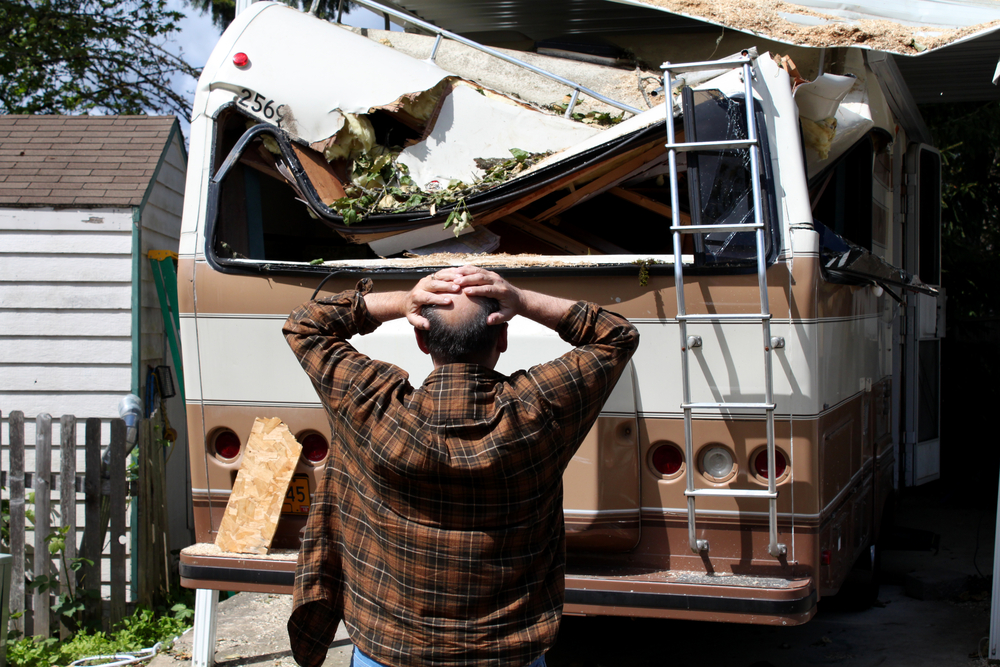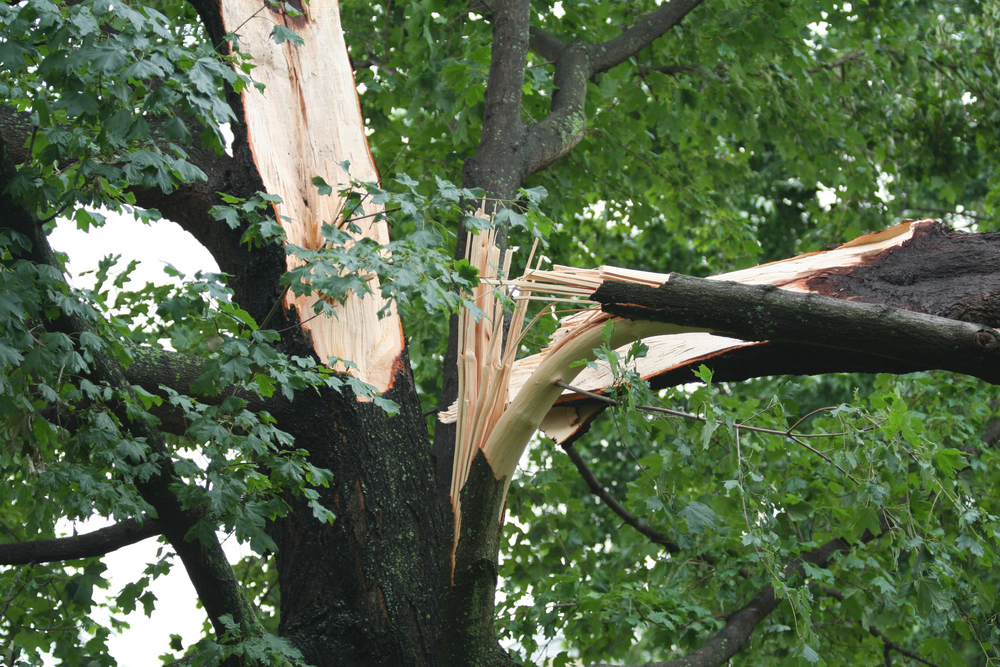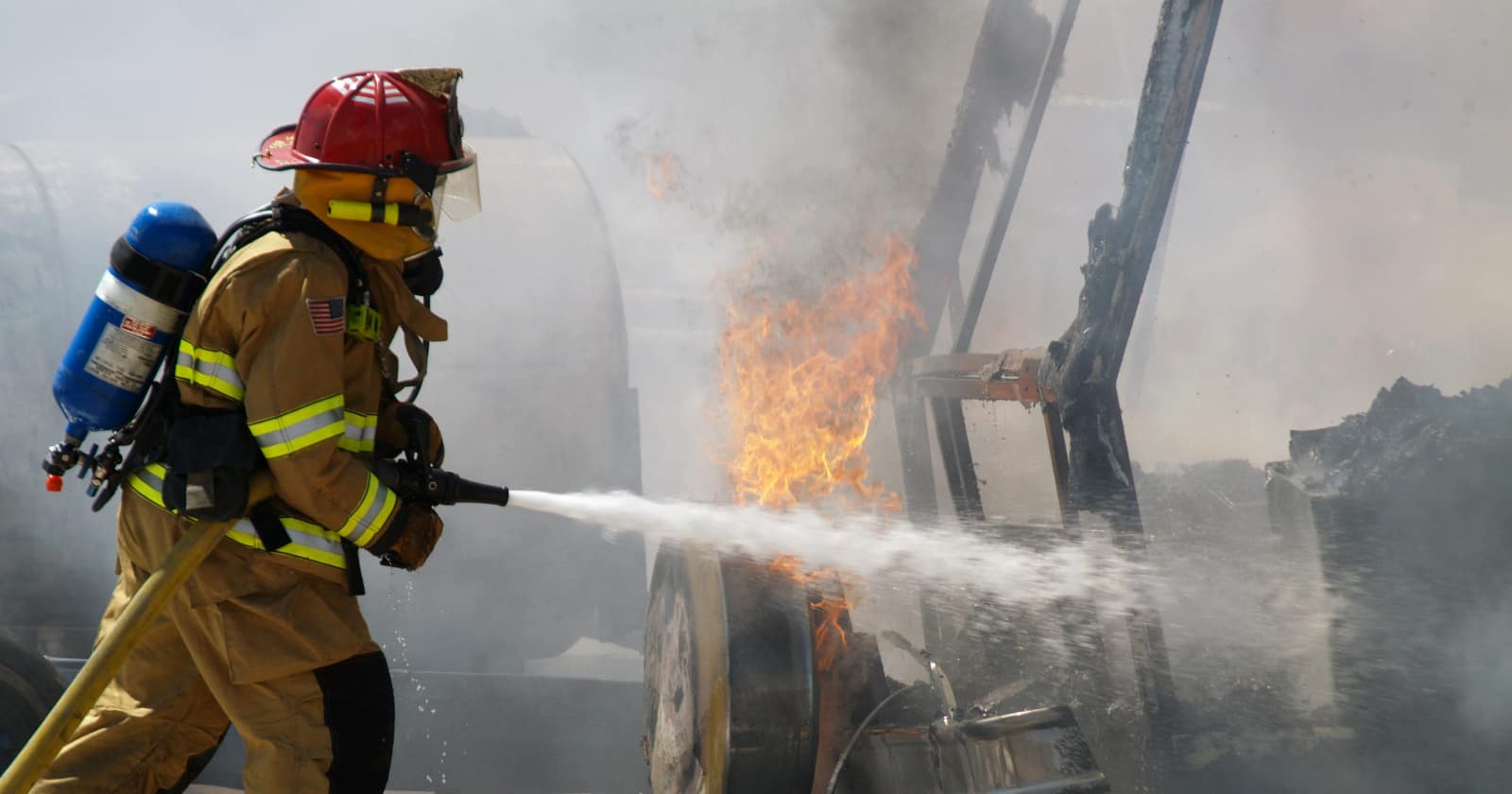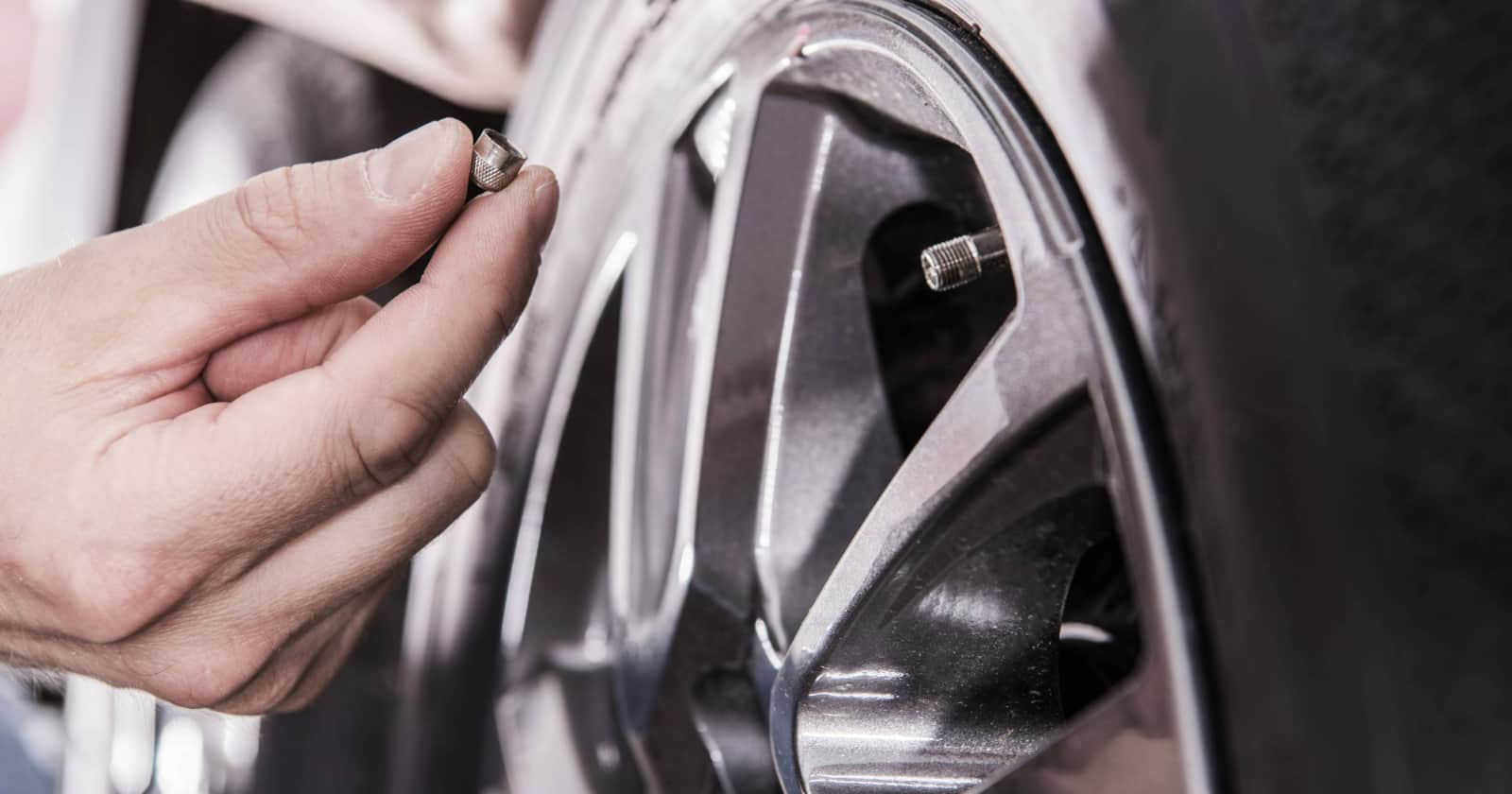
How To Keep Trees From Damaging Your RV
Besides giving us an experience that feels closer to nature, trees can provide RV campsites with shade and privacy. However, having a tree or even a big branch fall on your RV can cause devastating damage. While there is no substitute for a good insurance policy in situations like this, it’s always better to avoid tree damage to your rig in the first place.
Most RVers love camping among trees and feel that this is an important part of the camping experience. However, even when you’re camping in a treed or forested campsite, there are a few things you can do to mitigate your risk of having a tree or branch fall on your RV. In this article, I’m going to explain ways you can completely avoid tree damage while camping in your RV.
You won’t be 100% safe from falling trees or branches unless you camp in a treeless area like a field or a desert. While these areas have a certain appeal, most of us want to be somewhat near trees when we camp. Here is what you can do to help ensure your RV camping trip isn’t spoiled by a falling tree or branch.
1. Check the weather forecast
If you are camping near trees, it’s a good idea to check the weather forecast for the period you intend to camp in your RV. Checking the weather forecast will help you to avoid situations where high winds can knock trees down or cause branches to break off.
There are numerous apps and online weather sites where you can do this. One option is NOAA All Weather Radio, which gives livestream weather and weather hazard forecasts. This handy weather hazard resource works throughout both the USA and Canada. You can also see the weather in the areas you’re traveling with the RV LIFE App or check the area windspeed using RV LIFE Trip Wizard.
2. Arrive in daylight hours
Arrive during daylight hours to carefully check out potential campsites for dangerous-looking trees and branches.
3. Inspect campsites carefully for dead, diseased, damaged or leaning trees.
Situational awareness when picking a campsite is key to avoiding damage to your RV. It makes sense to avoid campsites that have trees that look like they may be ready to fall over. Also, look up at the branches of the trees. Don’t camp near trees that have split or have really long, heavy-looking branches.

4. Don’t camp directly underneath tree branches
Camping directly under tree branches is putting your RV right into the firing line should you miss anything in your initial site inspection or if a fluke wind blows debris or branches down.
5. Avoid camping underneath fruit trees
Some trees have fruits that are big and heavy, especially when dropped from any height. It’s always a good idea to avoid camping under Osage trees or other trees that might drop big, hard fruit on your RV roof during their fruiting season.
What to do if your RV is damaged by a tree
Having your RV damaged by a falling tree or a branch is an awful experience. Fortunately, your comprehensive policy under your RV insurance plan will probably have you covered.
If you aren’t sure about what your coverages are, get in touch with your RV insurance provider and find out, preferably before your RV is damaged by a tree. By the way, RV insurance providers advise checking your coverages annually so you won’t have any surprises in the event you need to make a claim.
If your RV gets damaged by a tree, here is what you should do:
- Make sure all people and pets are safe.
- Turn electrical power off at the main breaker in the RV if it’s safe to do so.
- If the limb or tree is on electrical wires, call 911 immediately to get the power turned off. To avoid being electrocuted, stay out of the area of downed electrical wires and follow the instructions of the 911 operator.
- Call your insurance provider.
- Take photos of the damage before the branches and debris are moved off the RV.
- Take photos of the damage to the RV after the branches are removed and debris is cleared.
- Prevent possible moisture damage by covering any holes in the roof with a tarp. If you can’t get the RV repaired right away, or you need to use it for shelter, use Eternabond tape to patch the affected areas.
- Follow the directions from your RV insurance provider.
Conclusion
Situational awareness can help you avoid tree damage to your RV. Also, if you arrive at your reserved campsite and it doesn’t look perfectly safe from decaying, diseased, or leaning trees, ask for a different campsite. If your reserved campsite has trees with long or damaged branches, get moved to a new campsite.
In the unlikely event that the campground refuses to move you to a safer site, find a safer campground. Seriously, it really isn’t worth the risk of having a tree fall on your RV. And besides, RV LIFE Campground Reviews makes it super easy to find a fantastic camping spot, wherever you may be.
Related articles:



